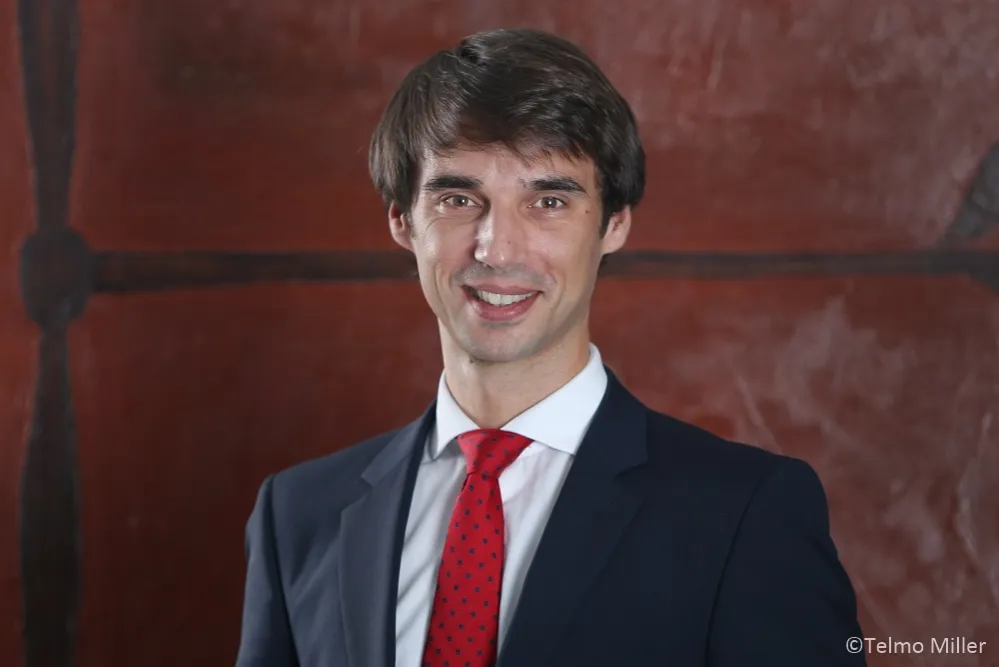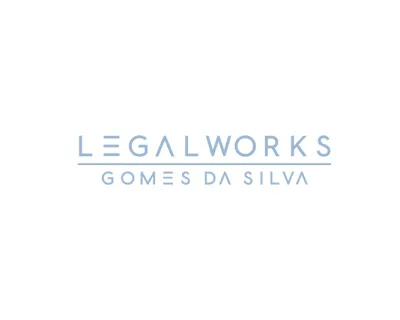
Copyright & Urban Art


In the last advertising campaign of the Portuguese subsidiary company of McDonald’s, a graffiti made by the artist Hazul Luzah was used in a promotional video without the consent of the author.
Despite the legal grounds of protection established for authors by the Portuguese Copyright Law (hereinafter PCL), there still remain several unresolved practical issues that the PCL doesn’t provide a straight answer for.
Indeed, regardless of the intellectual creator of a painting – or graffiti – acquiring moral and property rights with the expression of his artwork, and according to that matter any use of it must be allowed by the author, the truth is that the above mentioned advertising campaign may raise other issues.
Regardless of considerations related to the subjective nature of the concept of art, and since the PCL aims for the protection of intellectual creativity (article 1), any expression or artistic manifestation of the human spirit is legally protected.
So, regardless of whether a work of urban art is reproduced on a building, even if the author didn’t previously obtain permission from the building’s rightful owner, through the exteriorization of that work the artist acquires the moral right to, at least, see its authorship recognized and, as a result, be consulted whenever any third party wants to use it, despite his potential right to be compensated for that use (article 40 et seqq.). In this context, the author acquires rights (copyrights) with the expression of his creativity, this being a fundamental principle of the PCL.
The problem arises when, in the case of urban art, the rightful owner of the building hasn’t authorized the author to express or post his artwork on the building. At the same time, if the artwork is expressed in a public place, one may ask if it deserves the same legal protection or if this protection should be considered case by case.
If, on the one hand, the author has the right to see his work recognized and protected (see, among others, the articles 11, 12, 27, 40 and 56), on the other hand we cannot ignore the way in which the artwork was created or where it was expressed.
At first, we can interpret the above mentioned articles literally and defend that the right of the artist is born with the creation or externalization of the artwork and, therefore, his permission for the use of that artwork in the promotional video should have been requested.
However, such interpretation would lead us to conclude that these types of advertising campaigns would require, in addition to the filming authorization from the competent municipality, the express authorization of the all the copyright holders whose art exists on the streets that will be filmed, which would seem excessive and could hinder (or even render impossible) the production of films and videos of artistic or promotional nature.
One the other hand, one could always ask if, when choosing a public street to express and externalize the artwork, the artist would have relinquished his right to economically exploit that artwork.
In fact, since the author opted to exhibit the art work in a public place, freely accessible and fully visible to anyone passing by, it appears that he has renounced the right to economically exploit that artwork or, at least, denounced his intention not to exercise those economic rights.
At the same time, if the expression, or exteriorization, of the artwork in question was not duly authorized, one may also question the legitimacy of the author to dispose of any rights over that artwork, in which case several issues may arise with the celebration of business agreements against the law.
Actually, article 76 PCL regarding the rights of the author to use the artwork, clearly establishes that the use must abide with the limits established by the law. It would not be reasonable to allow the author to claim rights of economic nature when he failed to observe, and respect, rights of a third party (such as the right of the owner of the building where the artwork was expressed).
This case, once again, makes clear that the PCL doesn’t provide answers to questions that arise with the evolution of our society, the concept of art and the new ways it tends to manifest itself.
Foreseeing that situations like this will become more and more common, it seems indubitable that we are facing new challenges in the field of copyright that justify a close monitoring by those who apply the law, as well as by those who make it.
More News

Agenda do Trabalho Digno: Principais Alterações na Legislação Laboral

